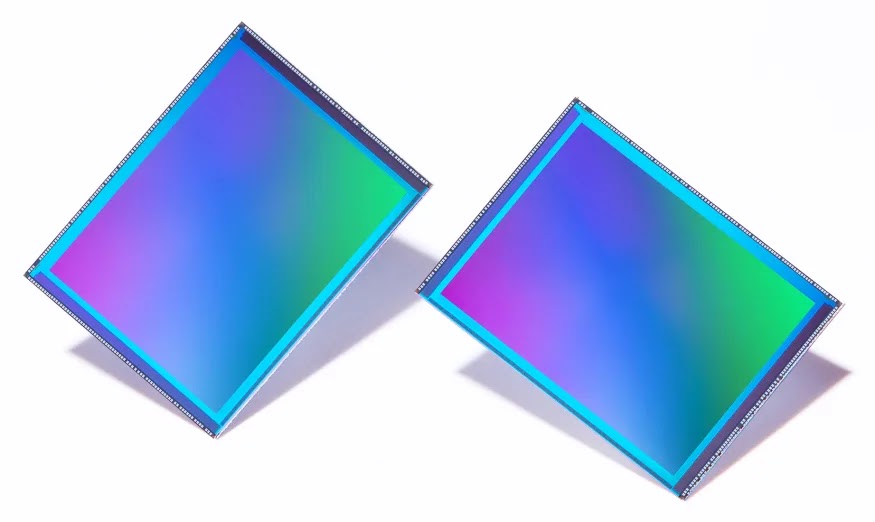By Steve Dent
January 17, 2023 4:00 AM
It increases light collection by 33% and may merge 4 or 16 pixels into one.
With the introduction of its most recent 200-megapixel (MP) sensor, Samsung is adhering to the maxim that "more pixels are better." Between the 200-megapixel HP1 and HP3 sensors, the ISOCELL HP2 is a reasonably big (for a smartphone) Type 1/1.3 sensor with a pixel pitch of 0.6 micrometres (m). It boasts new HDR capabilities and more light collecting than previous sensors, and it will probably be utilised in Samsung's next Galaxy S23 Ultra smartphone.
Samsung's Dual Vertical Transfer Gate (D-VTG) technology is used in the HP2. The business stated that this effectively doubles the amount of electrons accessible from each photo diode, increasing the pixel's full-well capacity by more than 33%. As a result, a pixel can store more charge before being saturated, resulting in less overexposure and better colour reproduction under intense lighting.
As previously, it may be converted into a 1.2 m 50 MP or 2.4 m 12.5 MP sensor by connecting four or 16 nearby pixels, improving low light performance. In 50MP mode, it can capture videos at to to 8K (30 fps) resolution, which is faster than the Galaxy S22's 24 fps and reduces cropping while maintaining sharpness. It also makes use of a feature dubbed Smart-ISO Pro to record 4K HDR at up to 60 frames per second and 12.5MP HDR photos. Additionally, each pixel continues to serve as a focus agent to enable speedy focusing even in dim lighting.
With the 200MP HP1 chip being utilised in other smartphones like the Motorola 30 Edge Ultra and Xiaomi 12T Pro, Samsung's Galaxy S22 Ultra "only" has a 108MP sensor. However, according to rumours, the S23 Ultra will contain a 200MP sensor, and because the HP2 is currently in mass production, it meets the bill. The Galaxy S23 is scheduled to be unveiled on February 1st, 2023, in only two weeks.
Under the terms of a Creative Commons licence, this article has been taken from engadget. Go here to read the original article.





.jpg)



If you have any doubts, please let me know